|
In this blog article, I'm going to outline the key steps required to help transform a medium to large organisation. Digital Transformation is the ability of an organisation to change their culture, in order remain competitive. By using new technologies more effectively than their competitors, this leads to greater market share, lower price points, improved product and/or service quality and constant innovation for clients. Notice that I start with culture, not technology. I'll draw on my 20+ years of hands-on experience as a solution architect and professional technologist with DXC Technology and Santander, as well as my expertise in running cultural change and technical courses at ALC Training & Consulting. Here are the key steps and they are in order:
This is the Scaled Agile Framework (SAFe): And this is the top slice of TOGAF. You would use TOGAF as part of the architecture functions in SAFe.
Do you have questions with these steps? Feel free to reach out to me directly: Twitter: twitter.com/musiccomposer1 LinkedIn: www.linkedin.com/in/paulcolmer/ Instagram: www.instagram.com/paulcolmer/ Have an awesome week, beautiful people.
0 Comments
For the first time in 2018, it's become easier than ever to gauge the state of the cloud market. New data from the top cloud providers, mean we can really see who is dominating the landscape. In this blog, I've chosen to look at the total revenue as an indicator of success. Partly because it's easy to measure, but also because it given an indication of relative market opportunity and growth. This chart is taken from a great ZDNET article that was published earlier this year: www.zdnet.com/article/cloud-providers-ranking-2018-how-aws-microsoft-google-cloud-platform-ibm-cloud-oracle-alibaba-stack/ It clearly shows Microsoft as the dominant force, which I predicted would be the case back in 2016. My colleagues at DXC Technology will attest to that prediction. I think it's also a reflection on a number of compelling events that have materialised over the past few years:
On the Amazon Web Services side, there is much progress and improvement especially in the area of new services. AWS are very good in the Serverless and PaaS spaces, adding a whole series of new innovations. These and exciting innovations were announced at the AWS ReInvent 2017 conference last year and include:
Oracle are coming up fast, probably as a result of their push in the past 12-18 months. A rep at Oracle invited me to attend Oracle Cloud World, which introduced me to the maturity and sleek look of their latest cloud offerings. The pics below gives a quick overview of the Oracle Cloud offerings: IBM is a little way behind the Top 2 leaders with their suite of cloud offerings. IBM Watson is probably the best known. I'm still waiting for IBM to approach me to, and invite me to their conference. Check out the screenshot below: More information on IBM cloud services can be found here: www.ibm.com/services/cloud?lnk=hpmse_ts&lnk2=learn Alibaba are a definitely one to watch. My prediction, is that by 2020 Alibaba will be No. 3 by revenue and may well be looking to eat up AWS with a takeover strategy, to compete with Microsoft. Here is a quick overview of the predicted growth of Alibaba revenue vs AWS: And here is a good article that articulates how large and dangerous Alibaba really is. I do apologise for all the popups, but the free content on the site IS worth the pain: www.cbinsights.com/research/amazon-alibaba-international-expansion/ The link below gives another perspective on the Microsoft / AWS revenue growth story, outlining some of the great customers stories to come out of the Azure platform. These include:
Finally if you feel you need some specialised training or business advice on AWS, Microsoft Azure, IBM, Oracle or Cloud CyberSecurity, feel free to reach out to me or to ALC Training: www.alctraining.com.au/courses/cloud-computing/ #CloudComputing #Cloud #AWS #Amazon #Microsoft #Azure #Office365 #CyberSecurity #CCSP #Training #Coaching #AI
Last week I was running a course in Auckland , where I demo the Office 365 Security & Compliance Center. The great thing about this new tool, is that it is policy-based, interactive and extremely visual. What does that really mean? You need to firstly determine the important information around your corporate security posture. Then you can translate this into the Security & Compliance Center, via a series of rules. This allows you to maintain compliance with the law, a regulated industry and your company polices. Once the policies are in place, you have a series of interactive visualisations and methods, for determining how end-users are using the platform and whether they are in breach of your policies. Here is a simple example. I always recommend starting with the Secure Score, once you have your Office 365 tenant running. You’ll need an E1 / E3 or E5 licence to be able to follow this through:
Don’t forget to Save the customised home screen and then access the tile by clicking on Go to Secure Score: Depending on the security posture of your organisation, you can choose to increase or decrease your target secure score. A way of benchmarking this is to have a look at other clients with a similar profile, using the comparison bar chart: The types of recommendations the tool makes can include the following:
Other incredible features that are policy-based include setting up Data Loss Prevention Rules, using pre-defined templates that align to geography and industry: Setting up Data Governance Rules to ensure that you retain contain in-line with legislation and ensure it is securely deleted after that time: Obtaining all the various compliance reports associated with Office 365 and Azure for a particularly geography and industry: Lastly here is a great tweet on how to setup permissions in the Office 365 Security & Compliance Center: https://twitter.com/MusicComposer1/status/971592726297718785 The trick with permissions, is to understand the various roles that you can assign to groups and users and how permissive or restrictive those roles are. If you need to tailor the roles, keep the original defaults, and simply create a new role, with a detailed description of how it differs from the default role. If you’re interested in learning more about the Office 365 Security & Compliance Center, there are plenty of great links on TechNet, starting here: https://technet.microsoft.com/en-us/library/dn532171.aspx And if you feel you need something a little more, check out our face-to-face classroom training course. The 'pièce de résistance' is where I interactively demo the tool and coach you through the latest security best practices: https://www.alctraining.com.au/course/office-365-security-compliance/ And finally, here is a great iconic picture to share, showing the wonderful city of Auckland and the great country that is New Zealand: Oh…and I just must share the best Auckland pic of the Ed Sheeran concert too!!
|
CategoriesAll Active Directory AI Architecture Big Data Blockchain Cloud Comedy Cyber DevOps Driverless Cars MicroServices Office 365 Scaled Agile Social Media AuthorPaul Colmer is an AWS Senior Technical Trainer. Paul has an infectious passion for inspring others to learn and to applying disruptive thinking in an engaging and positive way. Archives
May 2023
|


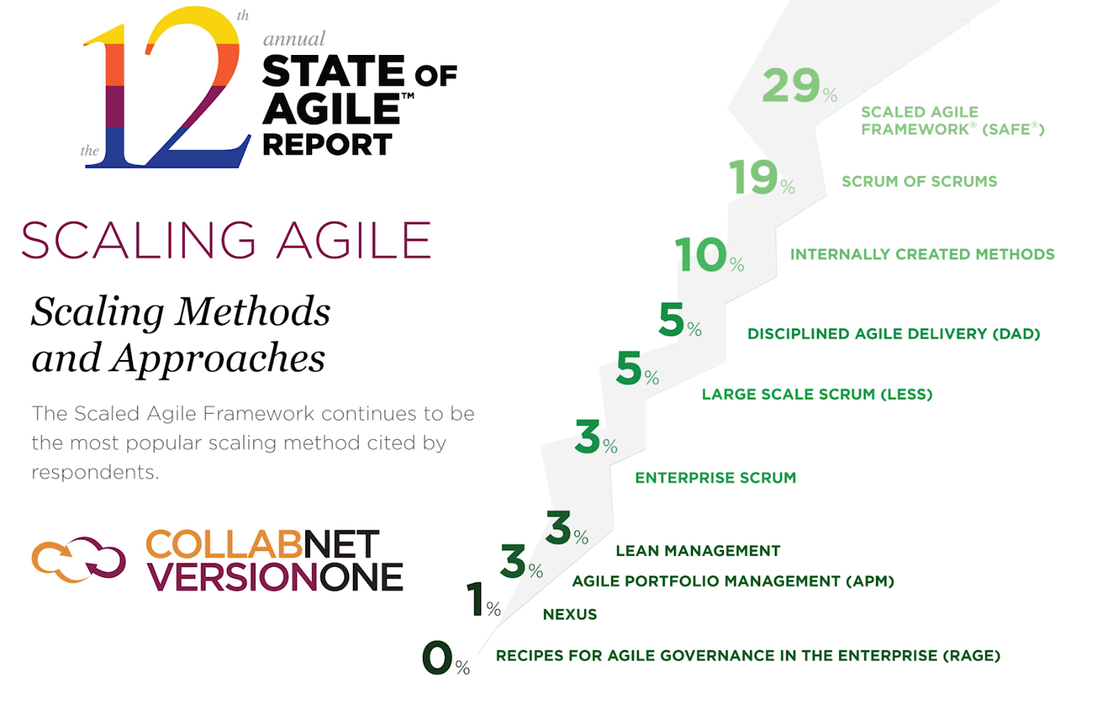
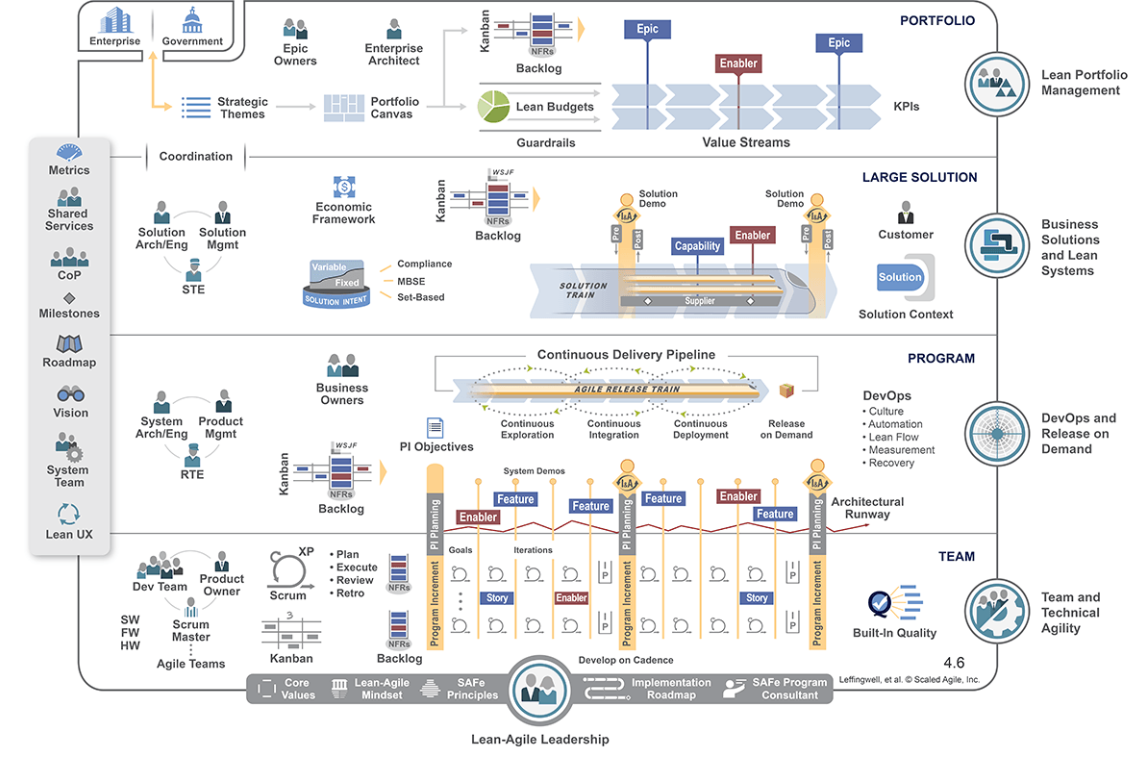
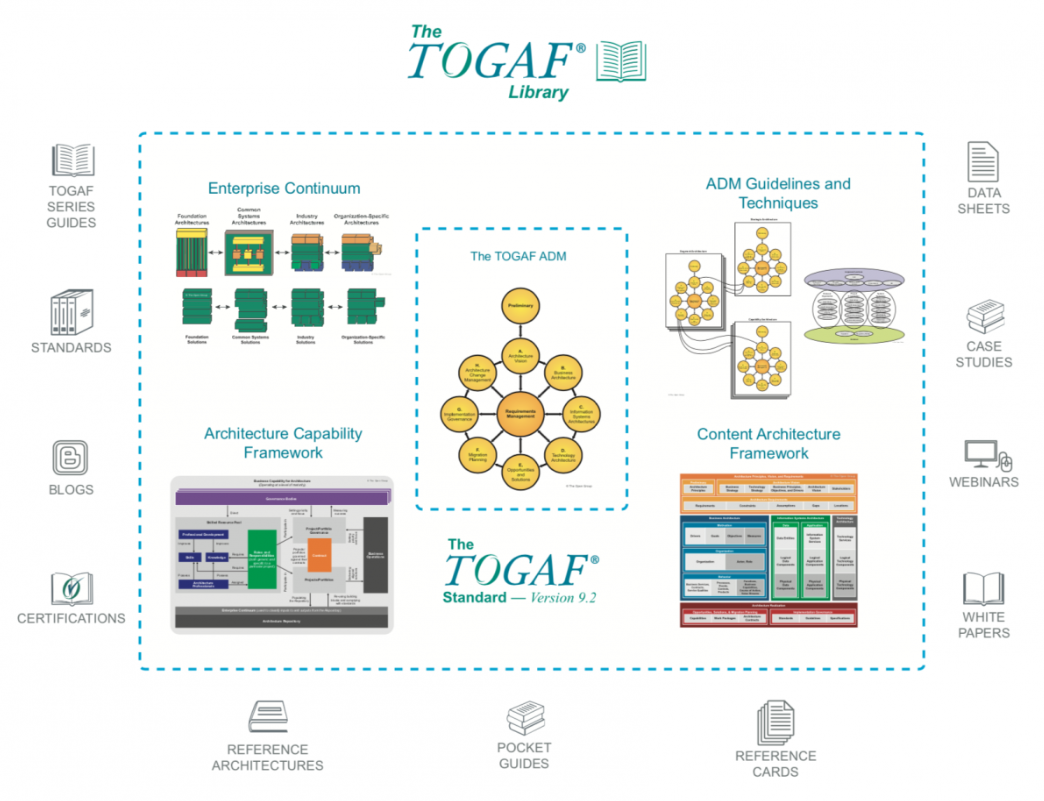
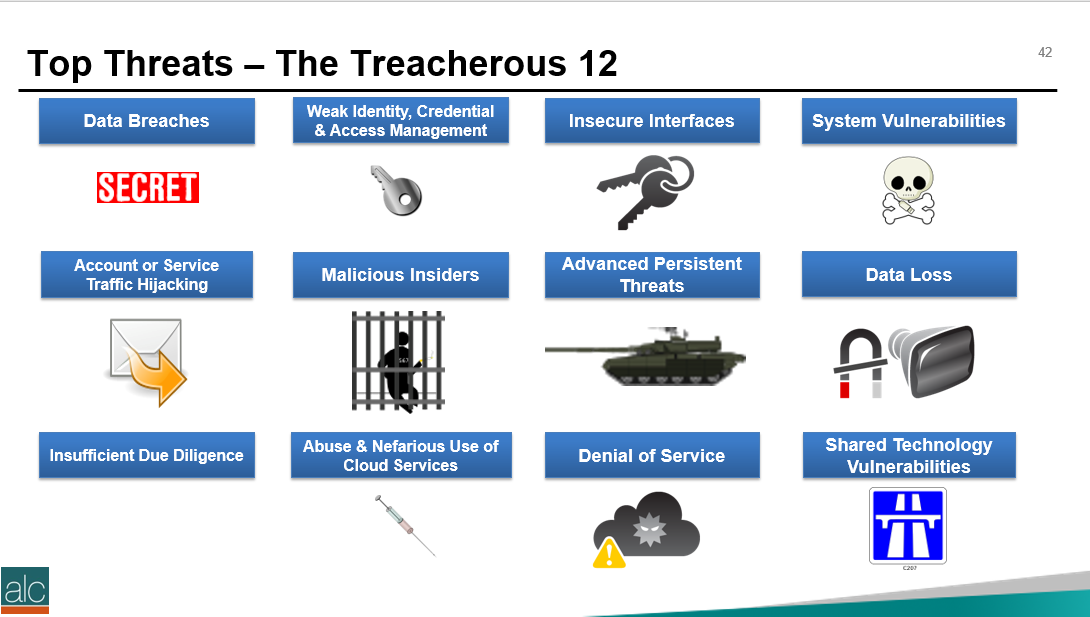
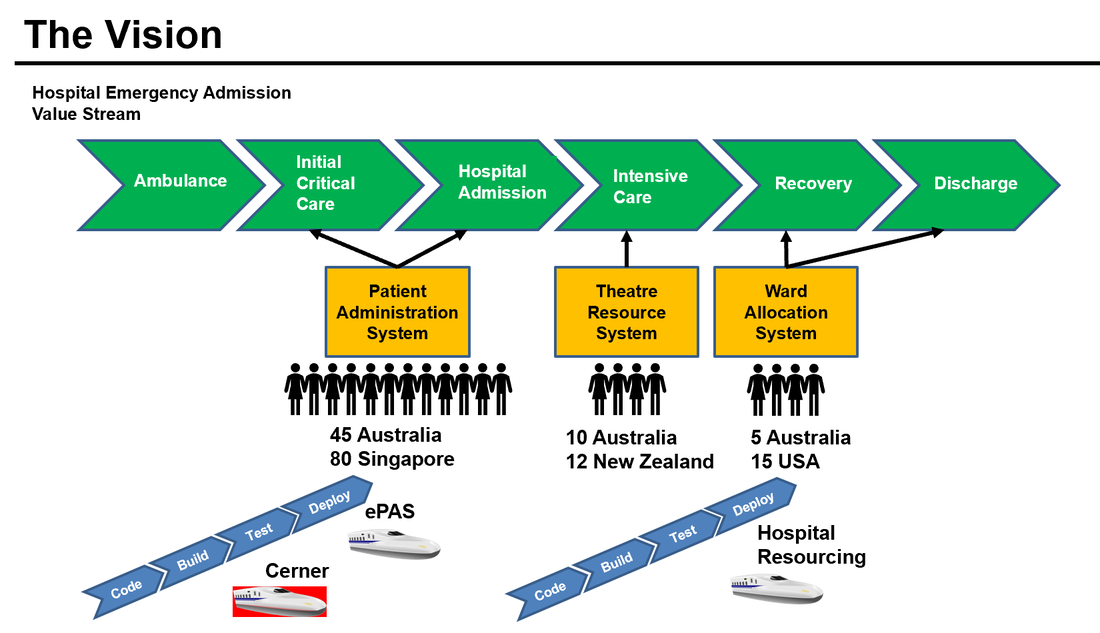
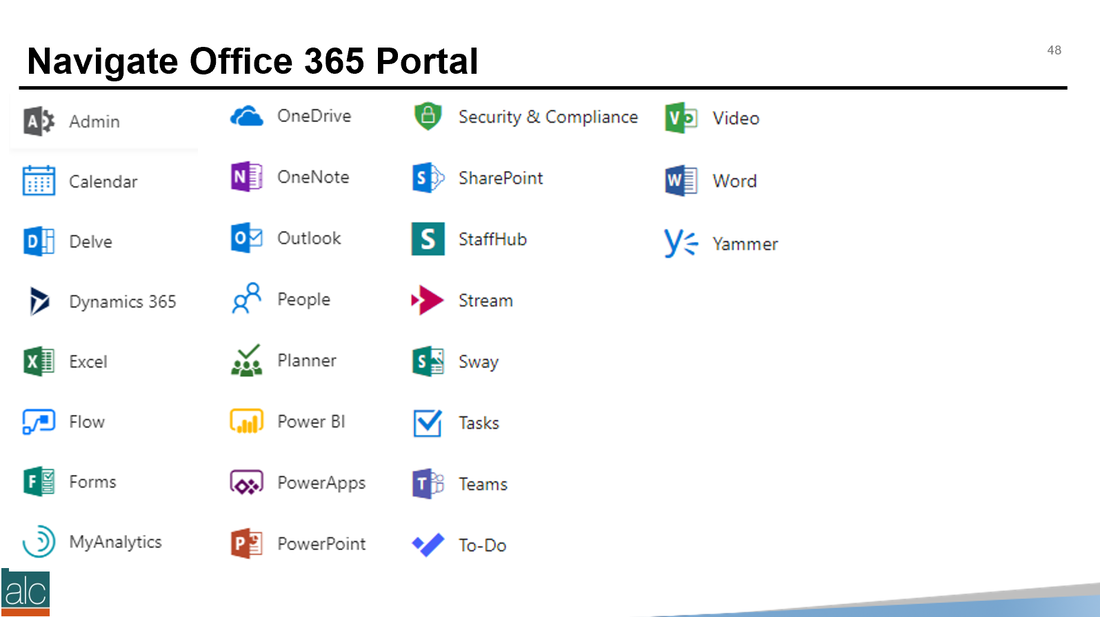
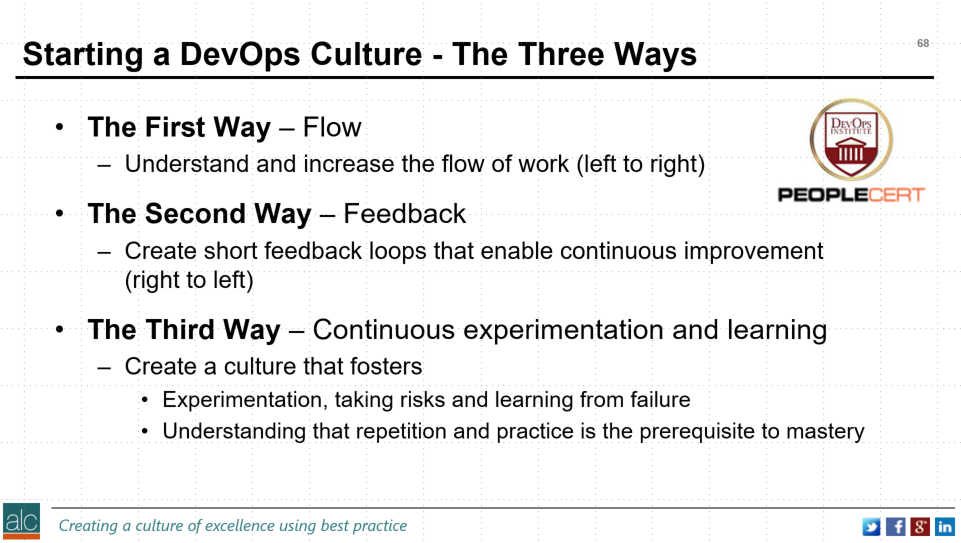
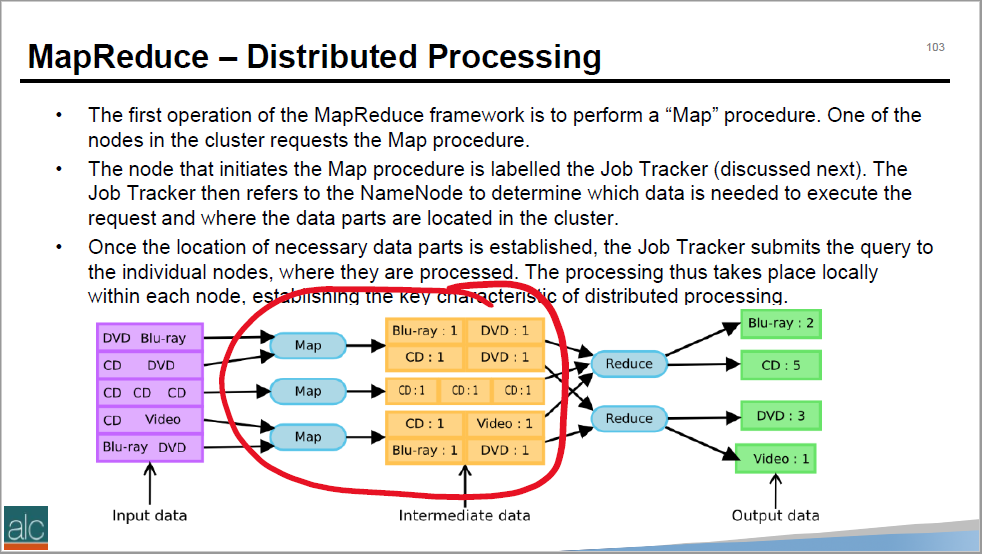
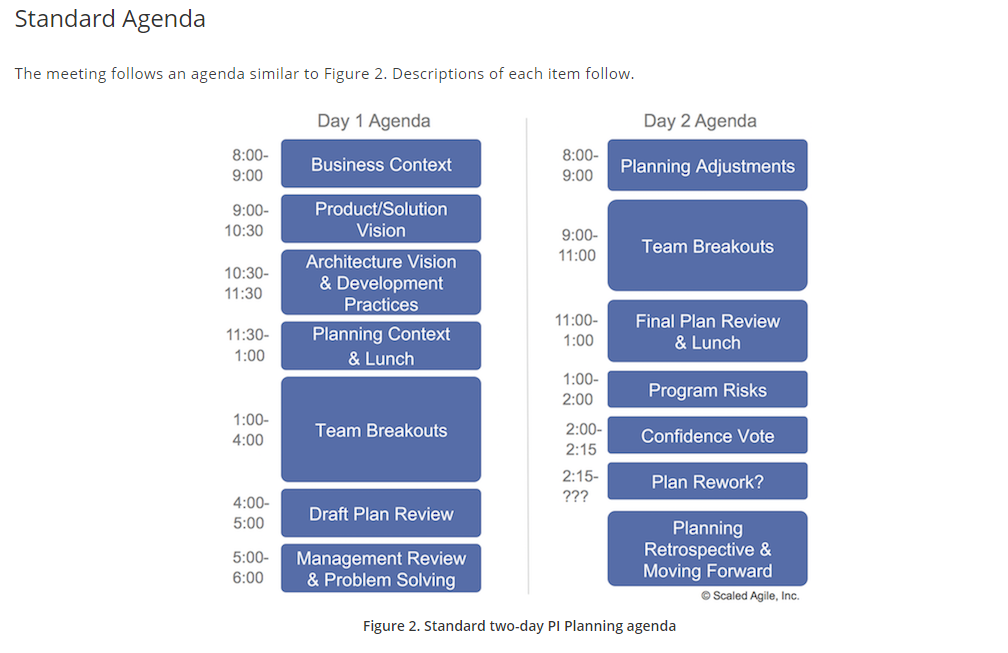

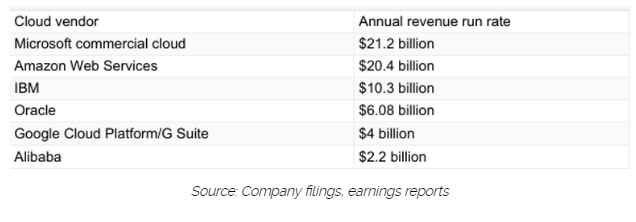
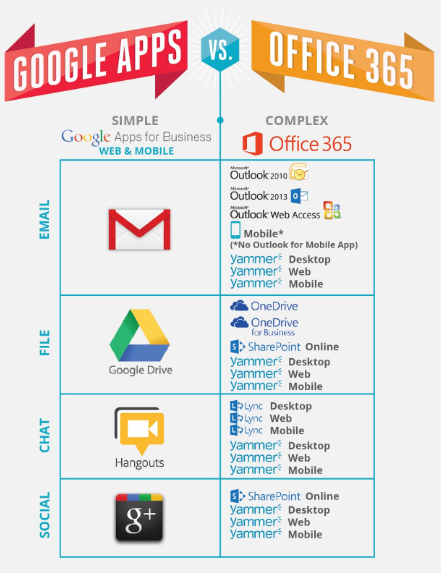
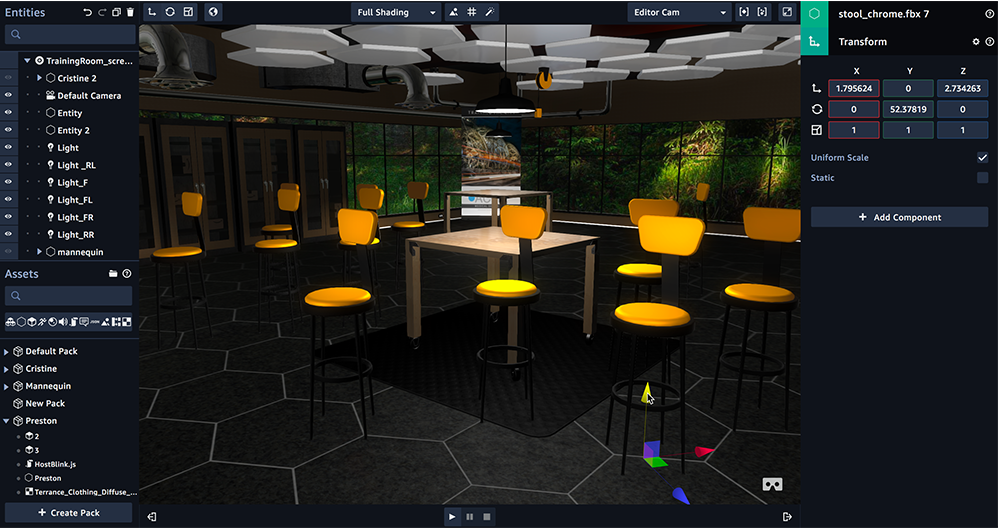
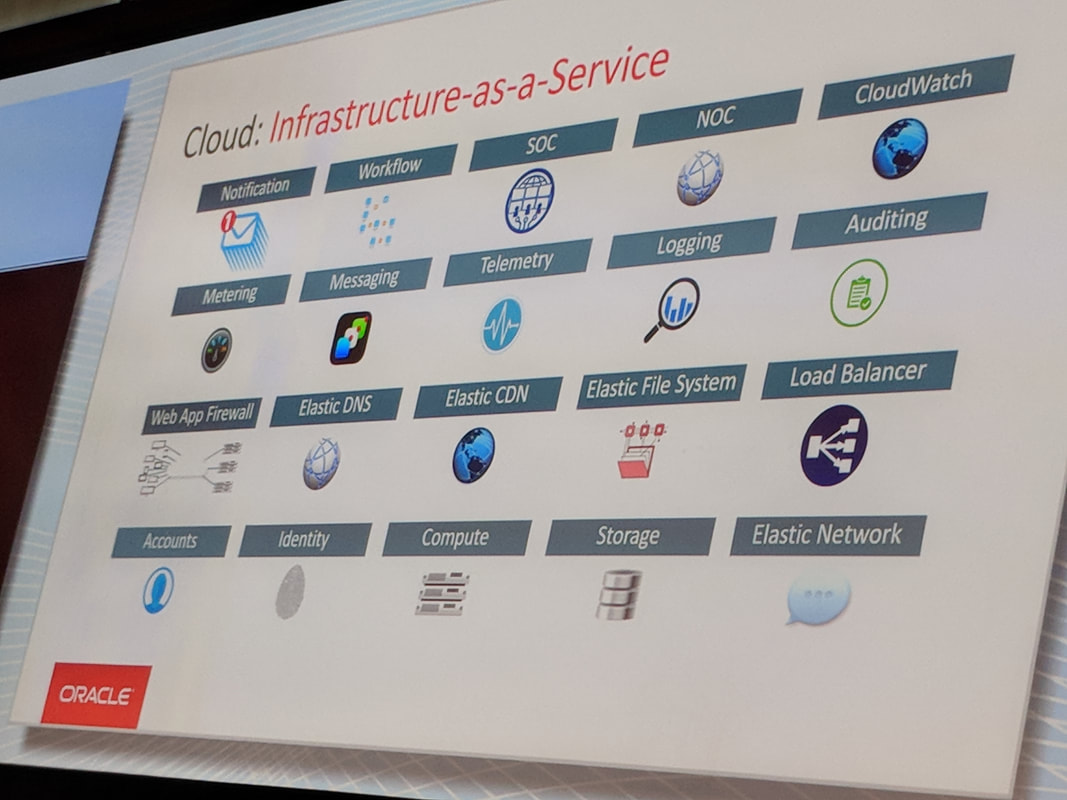
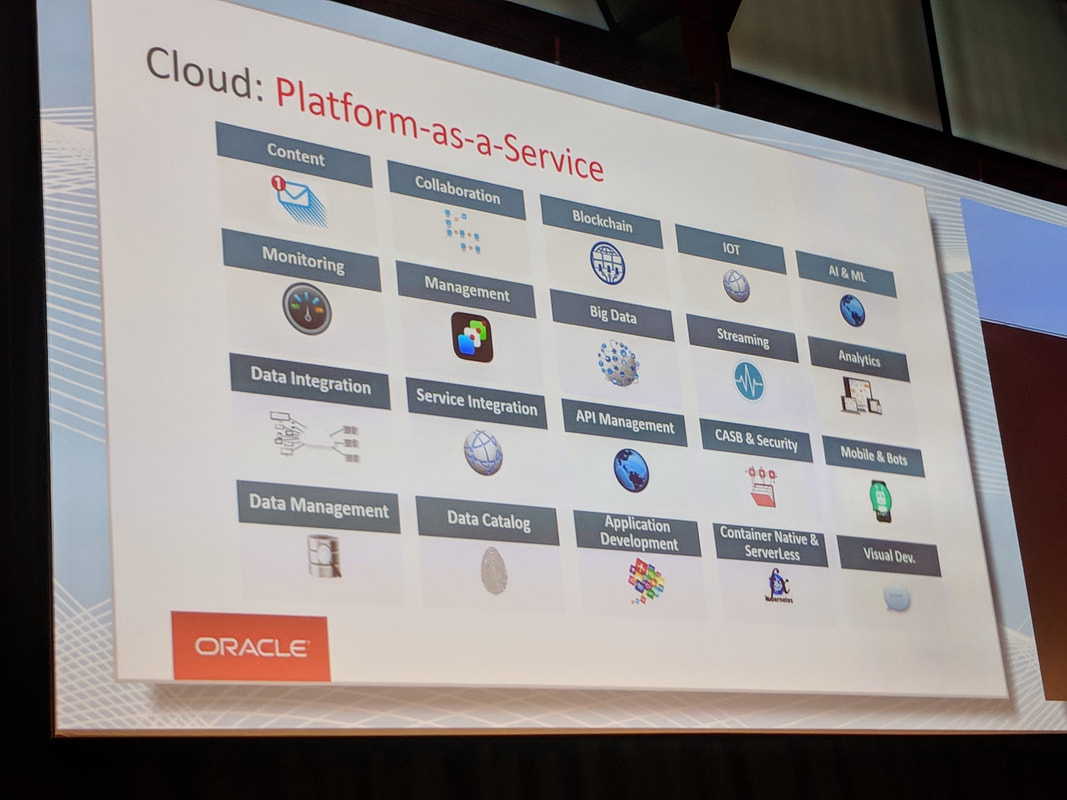
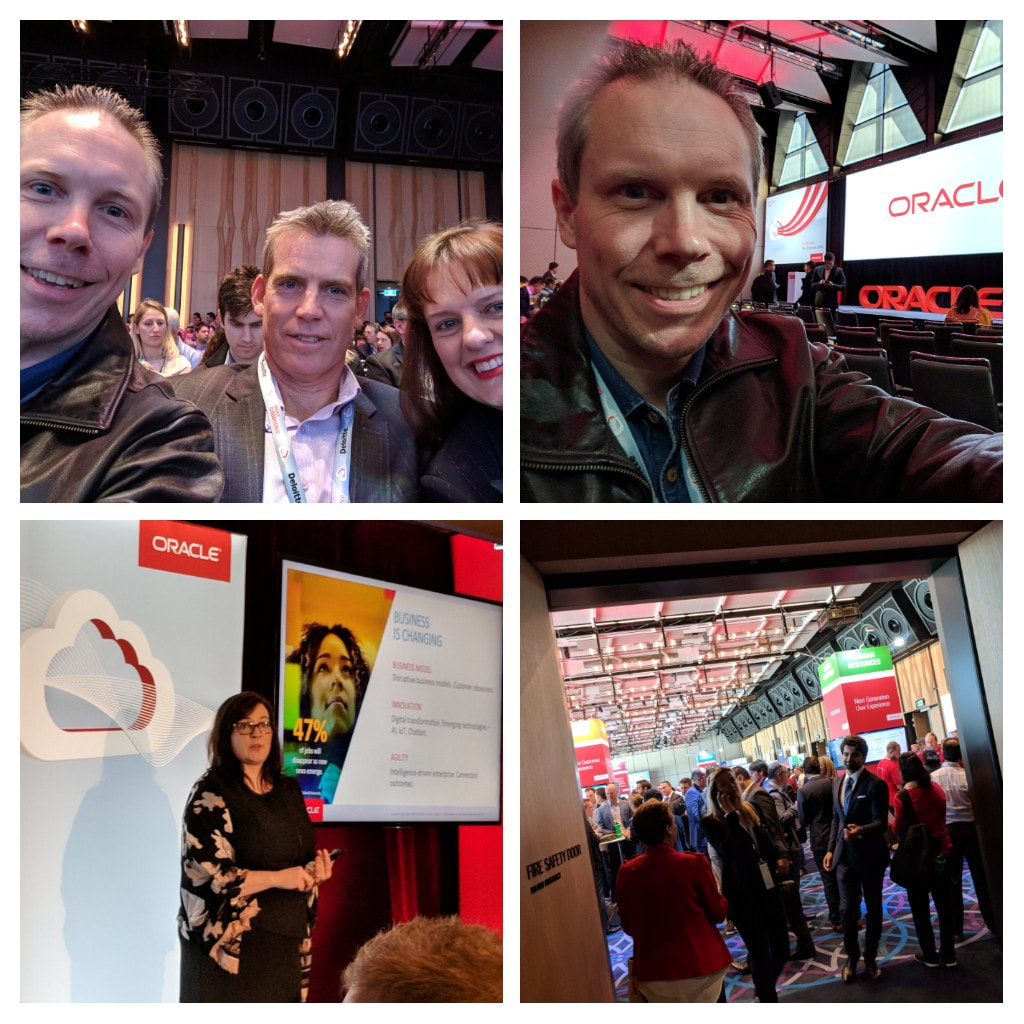
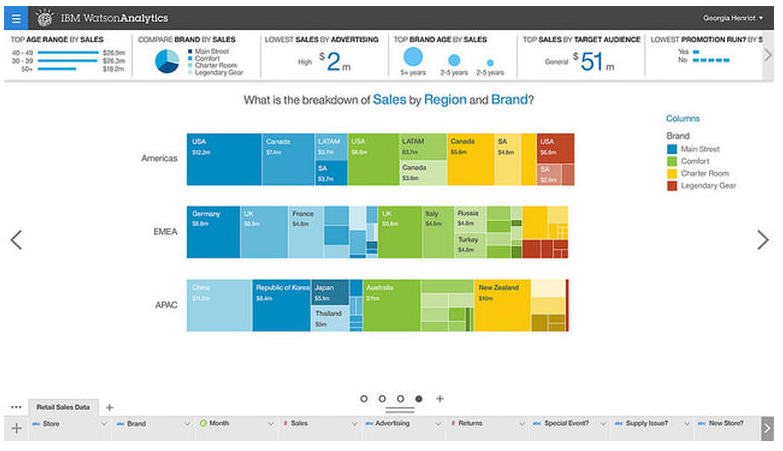
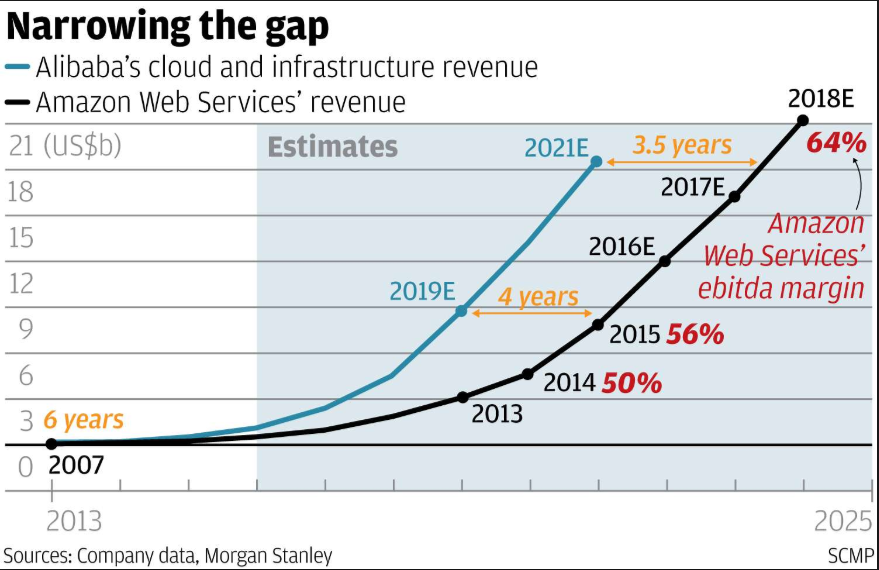
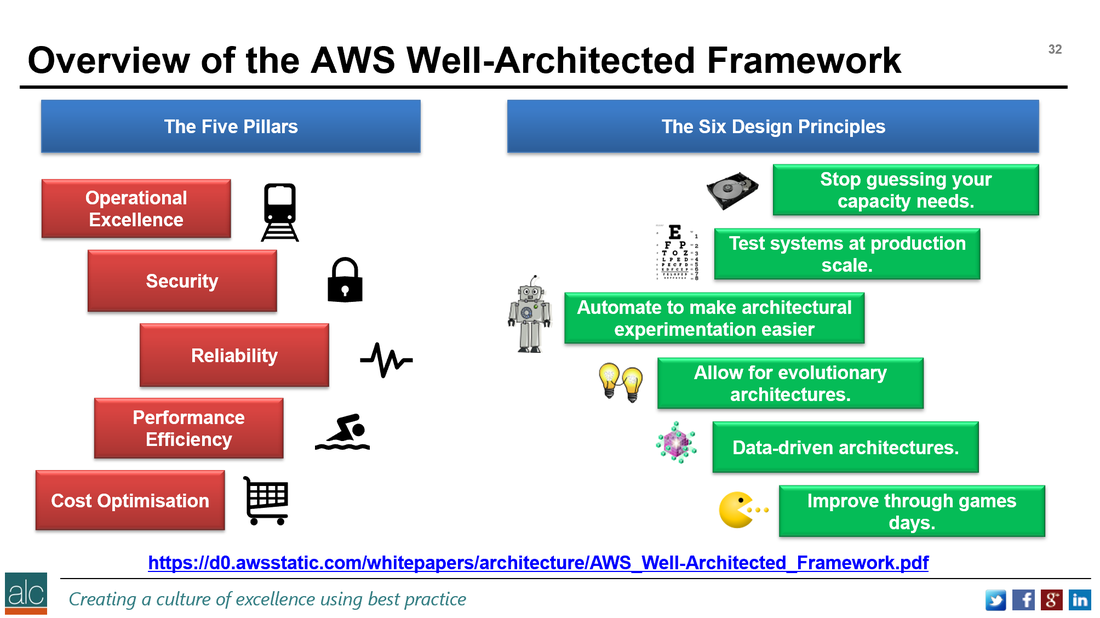
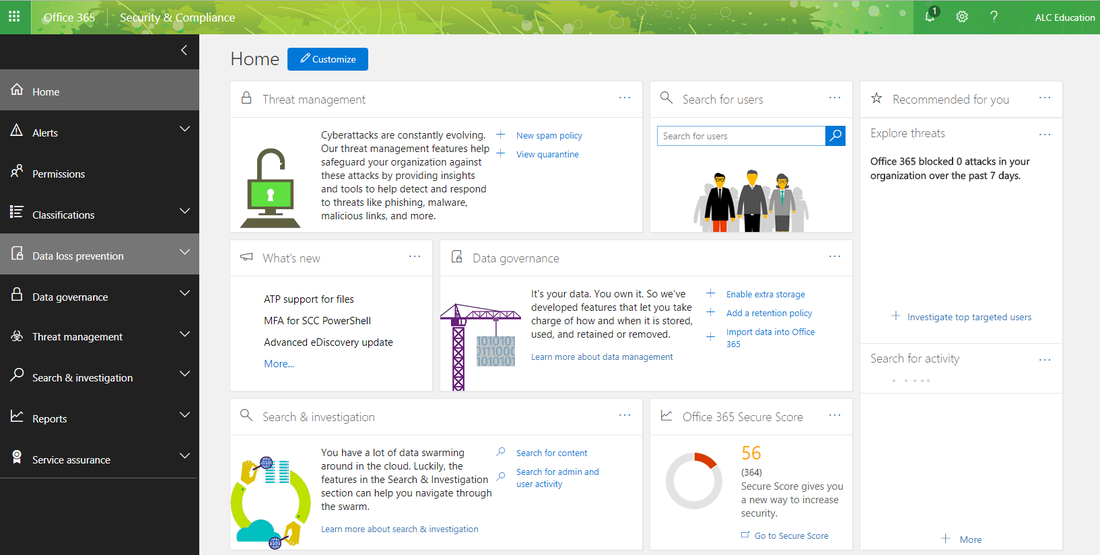

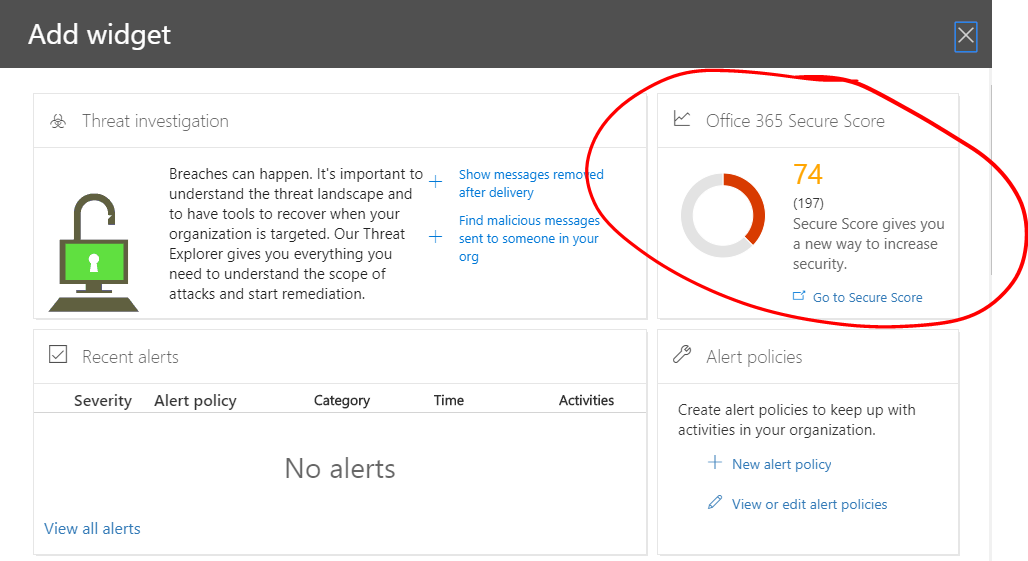
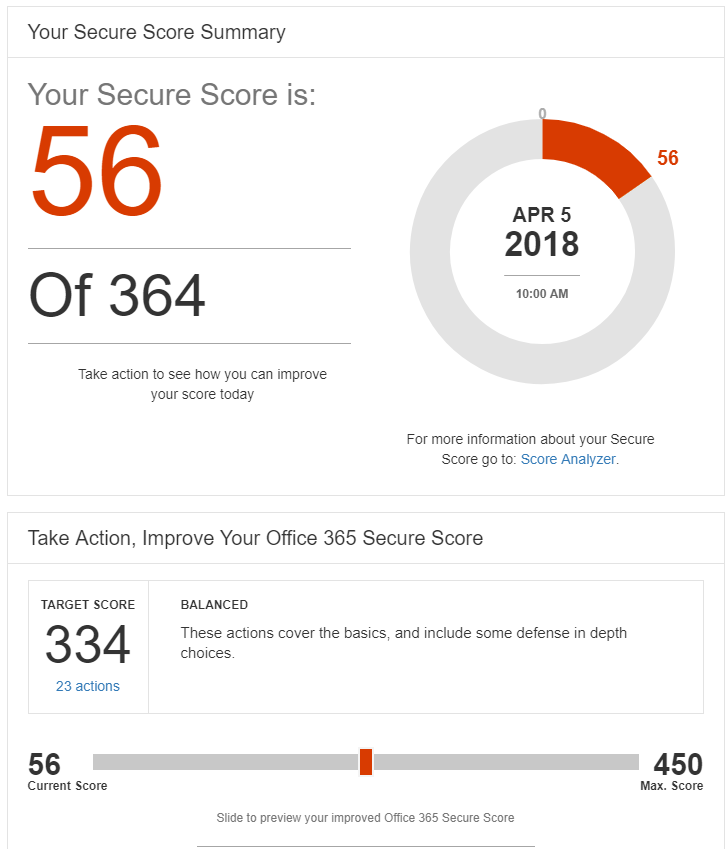
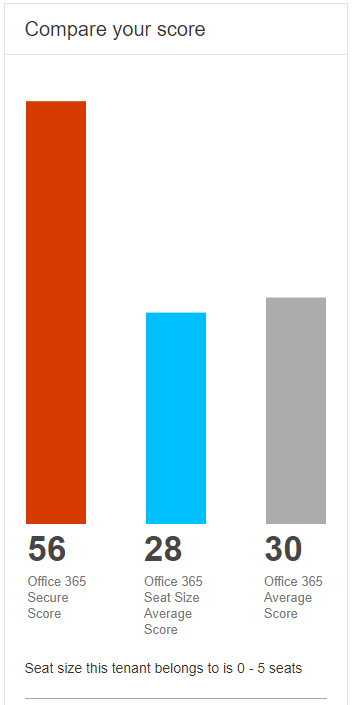
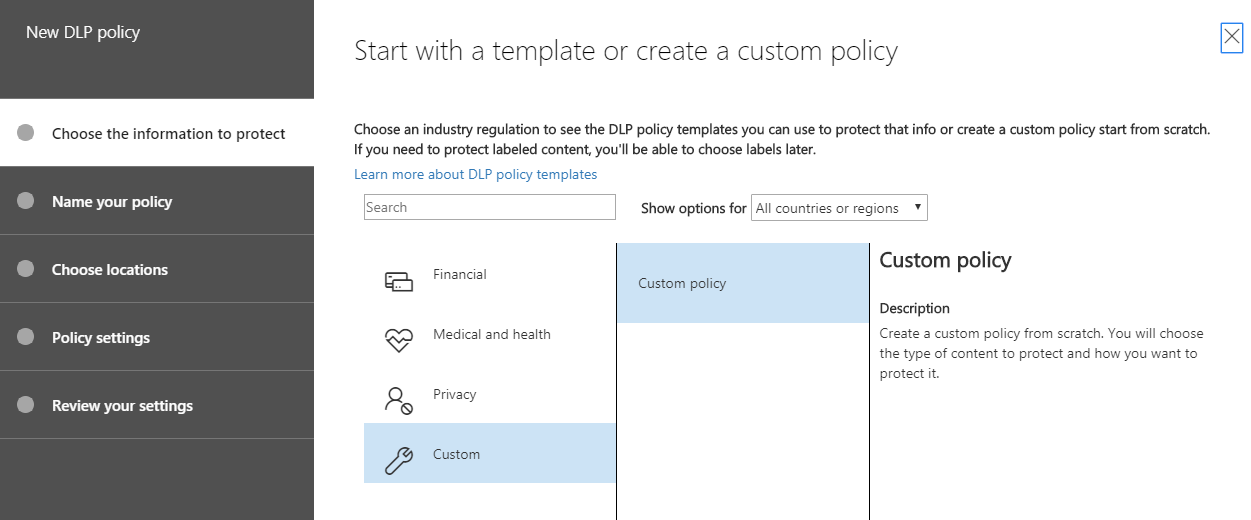
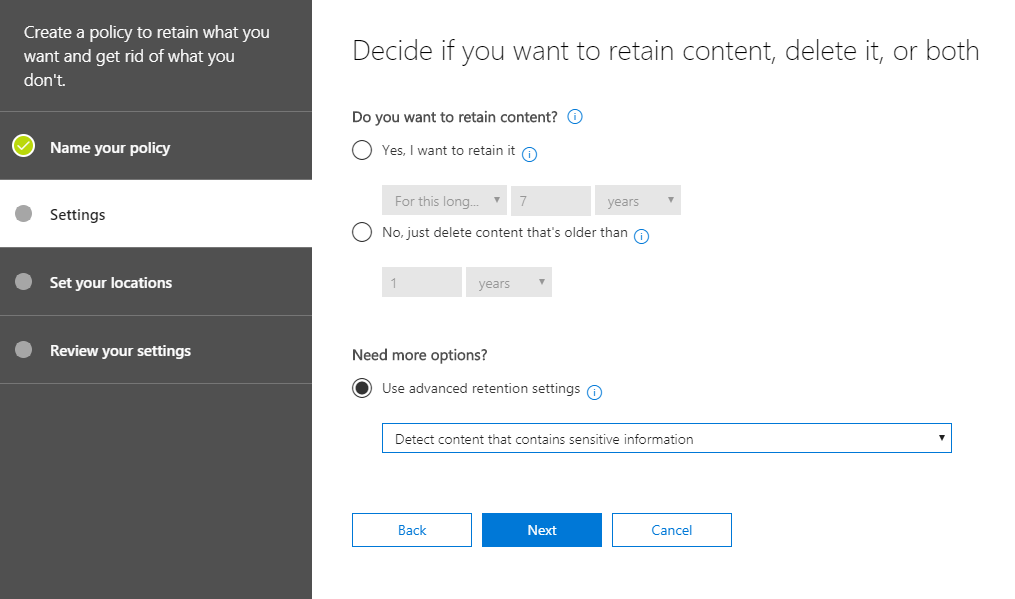
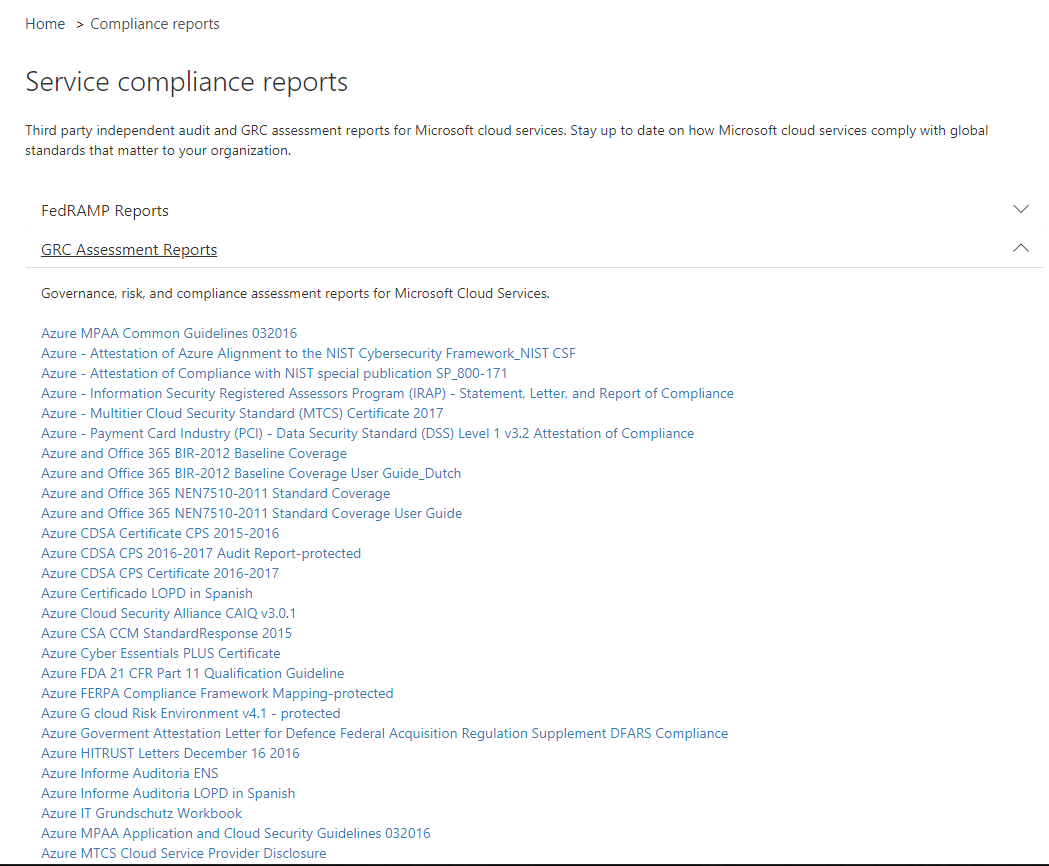



 RSS Feed
RSS Feed